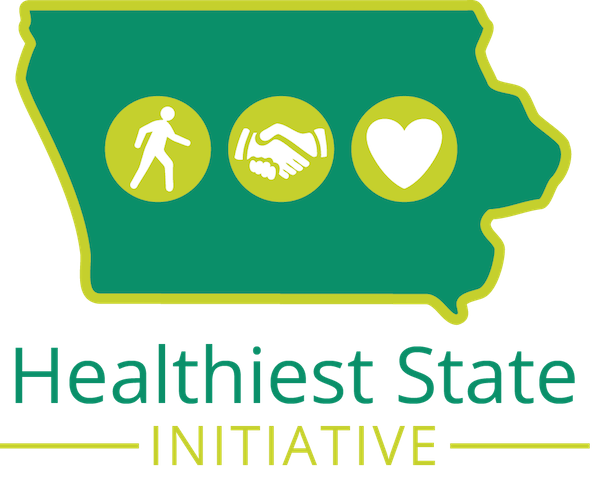ECONOMIC & ENVIRONMENTAL BENEFITS OF WALKING AND WALKABLE COMMUNITIES
By Aryn McLaren on Wednesday, September 14, 2016
How does walking help the environment?
Walking plays an important role in improving our quality of life because it helps protect and improve the living environment and natural resources. Improving the environment in turn brings added health benefits that come, for example, from cleaner air, less traffic noise and fewer road accidents. Walking is highly efficient in its use of urban space and energy, it rarely causes injury and it gives streets vitality and personal security.
Motor vehicles create a substantial amount of air pollution and are responsible for nearly 80 percent of carbon monoxide and 55 percent of nitrogen oxide emissions in the U.S. Although individual cars are much cleaner today than they were in earlier years, if total traffic continues to grow, overall air quality will deteriorate.
Communities designed to be walkable have the potential to reduce air pollution and greenhouse gases because people may choose to walk or bike rather than drive. Many car trips are quite short, one quarter of which are less than one mile in length, indicating that walking could be a feasible alternative and contribute to reducing the pollution from a cold-start vehicle traveling only a short distance.
RELATED: Access more walkability resources
The U.S. Department of Transportation estimated that when communities participating in the Nonmotorized Transportation Pilot Project became more walkable and bikeable, the proportion of walking trips increased by 16% over 5 years and the proportion of biking trips increased by 44%. For more information on the environmental benefits of walking and biking visit the U.S. Department of Transportation Bicycle and Pedestrian Resource page.
What’s the business with walking?
Features of a walkable community—safer and pedestrian-friendly streets, mixed land use, and access to transit—are associated with economic benefits to the community. As it turns out, there are quite a few ways that more pedestrian friendly communities boost our economy. For example:
Save Money on Transportation Costs. When we have safe places to bike and walk, we are more likely to ditch the car for short trips. Did you know that ownership of one motor vehicle accounts for 19.5 percent of a typical household's income?
Healthier People, Fewer Bills. Walking is a convenient way to get our recommended daily exercise. A more active community can help cut healthcare costs.
Savings on Parking. Most people don’t realize that the majority of parked cars are not worth as much as the spot they are parked in! With more compact, mixed-use development, retail can better flourish and our neighborhoods become more vibrant.
Time Savings. When parents know their children have safe places to bike and walk, they are less likely to drive them for short trips. Time = money!
Improved Safety. Places with fewer motorists tend to have less accidents. This saves on costs for drivers, responders, and lost productivity.
More Travel = Less Productivity. Statistics show that as vehicle miles traveled increase, productivity declines. With more people biking and walking in more compact livable communities, our overall productivity can increase as we spend less time in traffic.
Building pedestrian and bicycle facilities don’t just add new transportation or recreation options to a community, they bring economic value.
Learn more about the economic impact of pedestrian facilities with this webinar from the Pedestrian & Bicycle Information Center: The Bottom Line: How bicycle and pedestrian projects offer economic benefits to communities.

